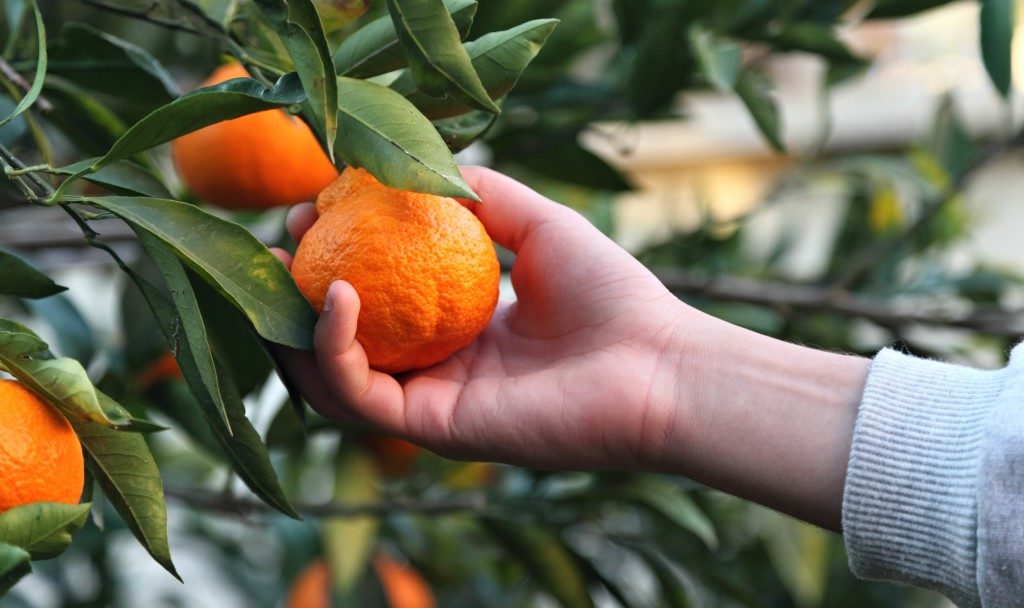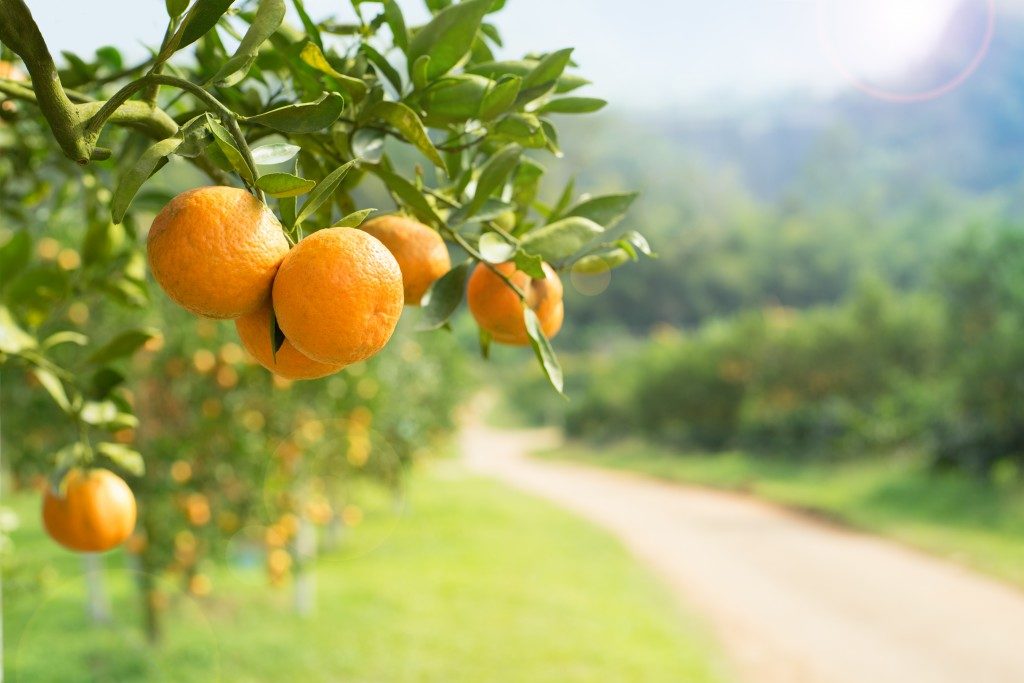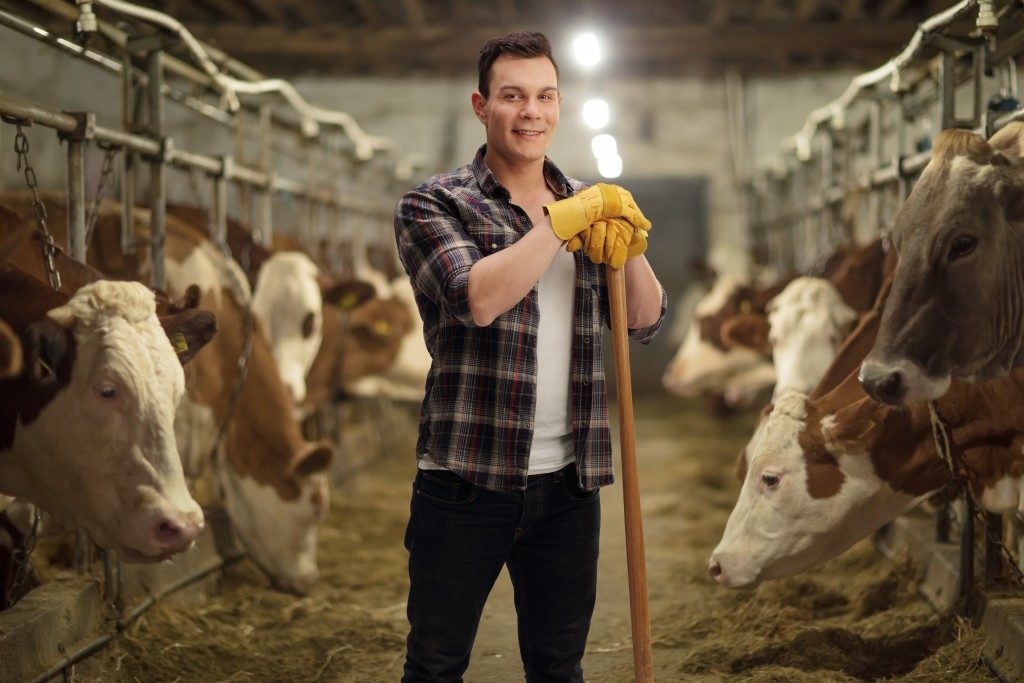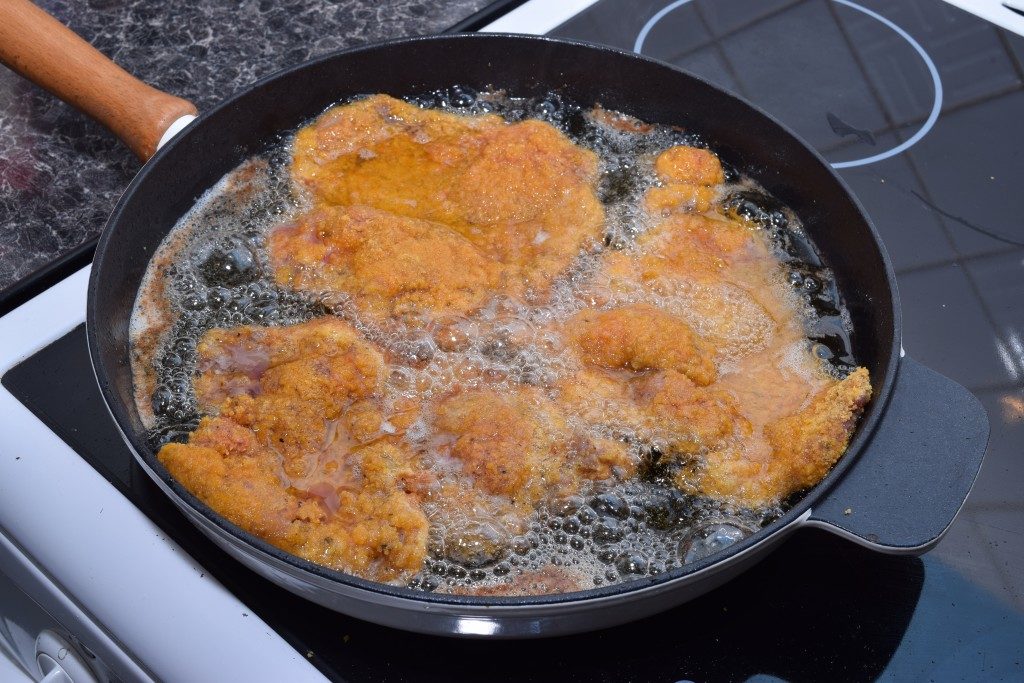Fruit trees aren’t just for homes with big yards. Dwarf varieties of trees can be grown and trained to flourish in small gardens and containers to provide homeowners and apartment dwellers alike with an abundant harvest of fruit.
“Fruit tree” conjures up the image of a tall and imposing plant, more at home in a yard, forest, or orchard than a patio or small garden. They’re also hardly the first things anyone would think of to be houseplants. However, this doesn’t mean that bountiful harvests of home-grown fruits are solely the domain of people with big yards. With the right selection of varieties and a few other tips and tricks, you too can grow your fruit no matter how small your space is.
First things first
Be realistic with your expectations. Unless your yard has just enough space, it may not have enough to accommodate specific varieties of trees. For small spaces, dwarf varieties of trees are the way to go, especially if you intend to grow them as potted plants. Look for region-specific dwarf varieties in garden centers and learn about their ideal growing patterns. You may get more variety if you grow the trees indoors, but only if you can provide them with ample sunlight.
Hardiness is another important consideration for tree selection. Be specific in identifying species that grow best in your area; after all, Cottage Grove, MN, may not be as hospitable to all tree species that can grow in St. Paul. Garden centers are an excellent place to ask for the hardiness zones of specific tree species.
Cordons and espaliers
Some of the best ways to maximize their productivity while saving space are by training them to grow along with a pattern that maximizes their fruiting branches while reducing their footprint in the garden. For many small-space gardeners, trees grown as cordons are the ideal choice. These small trees grow with a single, straight stem with smaller fruit-bearing branches. With careful pruning, the trees can retain their columnar shapes. Trees grown as cordons can also be grown in pots and moved either indoors or grown outside in a patio.
Another shape that trees can take for a small garden is the espalier, which involves coaxing the tree to grow its fruit-bearing branches in a two-dimensional shape against a wall. The style of espalier is determined by where in the garden, it will be placed and by how many trees you want to grow. Fence-like espaliers, for instance, are ideal for urban homesteaders who want to grow a lot of fruit in a small space.
Growing them indoors

For most gardeners, even small fruit trees would seem like large outdoor plants, taking pride of place as one of the larger elements in the landscape. Sometimes, you might not even have the space or bare land outside to plant a tree directly on the ground. For gardeners with small or no yards, trees in containers are the way to go.
Many dwarf varieties can grow comfortably in pots and can be kept outdoors in a deck or patio if they’re hardy enough or be treated like houseplants. Some species that aren’t hardy to your area may still be grown as indoor plants exclusively. Of course, even dwarf fruit trees are still trees and would require ample space and sufficiently large pots. Ideally, the soil mix used for potted trees should be slow-release to provide trees with sufficient nutrition. Indoor trees must also be pruned regularly.
Accommodate pollination
Pollination is an essential factor in the fruit-bearing equation. Trees grown outside would ideally have the wind and flying insects to pollinate it, whereas some species of indoor trees such as lemons may need to be hand-fertilized. Some species of trees need two varieties present to bear fruit, while a few others are self-pollinating and would only need one.



